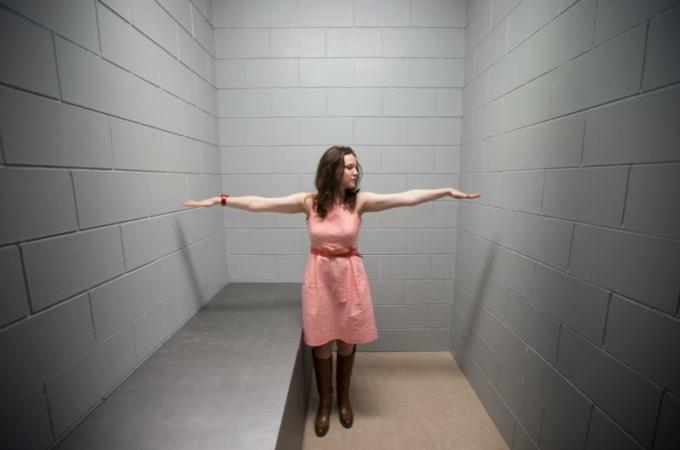History of solitary confinement
WASHINGTON (CNS) -- Solitary confinement has been used for nearly 190 years. After a period when its effectiveness was questioned, prison administrators returned to the practice as a way to discipline unruly and misbehaving inmates. Here is a brief history of solitary confinement in the United States.
-- 1829: Solitary confinement begins under the idea that isolation of incarcerated people would aid in rehabilitation and bring about penitence; leads to the term "penitentiary" to describe prisons.
-- Late 19th century: Clinical evidence from Europe shows dire psychological effects from solitary confinement; German doctors document a spike in psychosis among the incarcerated held in isolation.
-- 1890: U.S. Supreme Court condemns use of long-term solitary confinement, citing how "a considerable number of prisoners ... fell into a semi-fatuous condition ... and others became violently insane." Solitary confinement fades.
-- 1980s: Solitary confinement re-emerges as a largely punitive tool to stamp out prison violence with the advent of the "supermax" (super-maximum security) prison. Today more than 60 such prisons are operated by state and federal governments.
-- 2000: U.S. Conference of Catholic Bishops opposes increased use of isolation units.
-- 2011: June E. Mendez, United Nations special rapporteur on torture and other cruel, inhuman or degrading treatment or punishment, concludes that 15 days should be the limit for anyone held in solitary confinement because after that point research shows that harmful psychological effects of isolation can become irreversible.
-- 2014: Pope Francis described confinement in high security prisons as a form of torture.
-- 2015: Studies show that an estimated 80,000 to 100,000 people are held in solitary confinement in U.S. prisons on a given day, more than any other country.



















